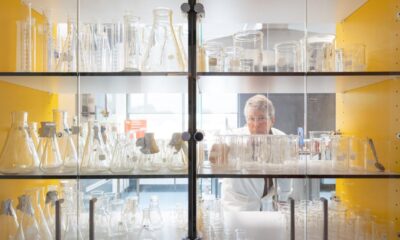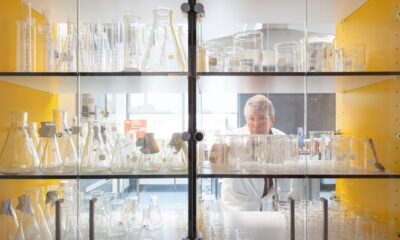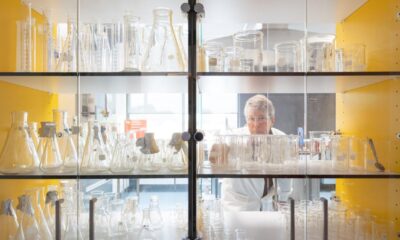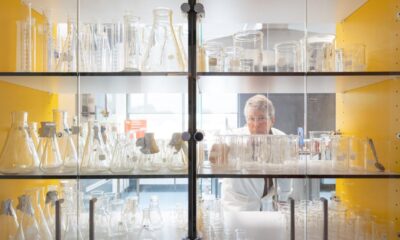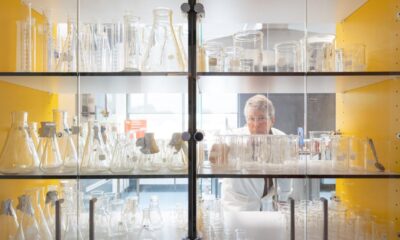Science
Researching Heritage Apples: Uncovering Genetic Diversity
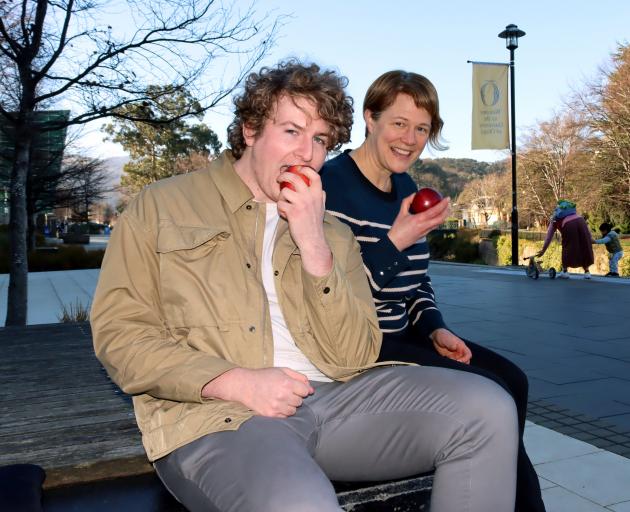
Aaron Hewson, a master of science student specializing in plant biotechnology, is undertaking significant research on over 300 apple varieties from the Jim Dunckley Heritage Orchard. This orchard, established 25 years ago by the Coastal Otago Branch of the New Zealand Tree Crops Association, hosts one of the most diverse collections of apple cultivars in New Zealand. The collection features uniquely named varieties such as Peasgood Nonsuch, Nonnetit Bastard, Warner’s King, and Albany Beauty.
Hewson’s research aims to assist in the preservation and propagation of these heritage cultivars by ensuring accurate genetic identification. The original cultivars were collected by Jim Dunckley in the 1990s from various locations across Otago and Southland, with many sourced from Clyde, where an older Plant & Food Research orchard existed. “It is a real kind of hodgepodge mix,” Hewson remarked, noting that some trees bear names given by local farmers that reference nearby landmarks, which do not always correspond to their genetic identities.
Hewson shared an interesting case involving a variety labeled as Granny Smith, commonly found in supermarkets, and another called Lord Lambourne. Despite their distinct names, genetic analysis revealed they were genetically identical, indicating a potential mislabeling. “One of those names has to be wrong,” he stated.
To analyze the genetic makeup of these apple varieties, samples were collected by university students and staff from the Plant Biochemistry Lab. These samples were then carefully labeled, freeze-dried, and sent to a laboratory in France, facilitated by Plant & Food Research, now part of the Bioeconomy Science Institute.
Hewson acknowledged the support of his co-supervisor, Dr. Elena Lopez-Girona, from Plant & Food Research, saying, “It has been very beneficial to have her expertise.” The samples were sent alongside a bulk group for genotyping using a method known as SNP chip analysis. This process examines approximately 50,000 known DNA hotspots in an apple leaf, generating a genetic fingerprint to determine whether two trees belong to the same variety.
The importance of local apple collections cannot be overstated, especially given strict biosecurity rules that complicate the importation of new apple genetics. “If we talk about the entire amount of apples across the world, there is something on the order of 10,000 different varieties,” Hewson explained. Despite this diversity, all commercial varieties trace back to just six parent apples, resulting in a narrow genetic base.
Associate Professor Lynnette Brownfield from the University of Otago, who also supervises Hewson, highlighted the significance of identifying the genetic diversity within the orchard. This information could be invaluable to breeders seeking to introduce fresh genetic material, including disease resistance traits, into future apple varieties.
The Coastal Otago Branch of the New Zealand Tree Crops Association owns the orchard and will determine how to utilize the research findings. The objective is to create unique identifications for all trees, facilitating communication with apple breeders ranging from backyard growers to larger organizations like Plant & Food Research. Once fully documented, the orchard’s germplasm could be made available as needed, supporting the ongoing development of apple varieties.
Hewson’s research represents a vital step in preserving New Zealand’s apple heritage, ensuring that these unique and often historically significant cultivars can be understood and continued for future generations.
-
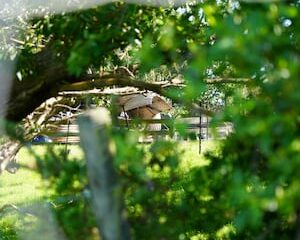
 World1 week ago
World1 week agoPrivate Funeral Held for Dean Field and His Three Children
-
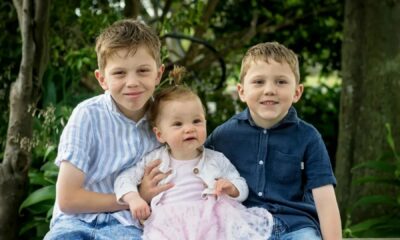
 Top Stories2 weeks ago
Top Stories2 weeks agoFuneral Planned for Field Siblings After Tragic House Fire
-

 Sports3 months ago
Sports3 months agoNetball New Zealand Stands Down Dame Noeline Taurua for Series
-

 Entertainment3 months ago
Entertainment3 months agoTributes Pour In for Lachlan Rofe, Reality Star, Dead at 47
-

 Entertainment2 months ago
Entertainment2 months agoNew ‘Maverick’ Chaser Joins Beat the Chasers Season Finale
-

 Sports3 months ago
Sports3 months agoSilver Ferns Legend Laura Langman Criticizes Team’s Attitude
-

 Sports1 month ago
Sports1 month agoEli Katoa Rushed to Hospital After Sideline Incident During Match
-

 World2 weeks ago
World2 weeks agoInvestigation Underway in Tragic Sanson House Fire Involving Family
-

 Politics2 months ago
Politics2 months agoNetball NZ Calls for Respect Amid Dame Taurua’s Standoff
-

 Top Stories2 weeks ago
Top Stories2 weeks agoShock and Grief Follow Tragic Family Deaths in New Zealand
-

 Entertainment3 months ago
Entertainment3 months agoKhloe Kardashian Embraces Innovative Stem Cell Therapy in Mexico
-

 World4 months ago
World4 months agoPolice Arrest Multiple Individuals During Funeral for Zain Taikato-Fox



